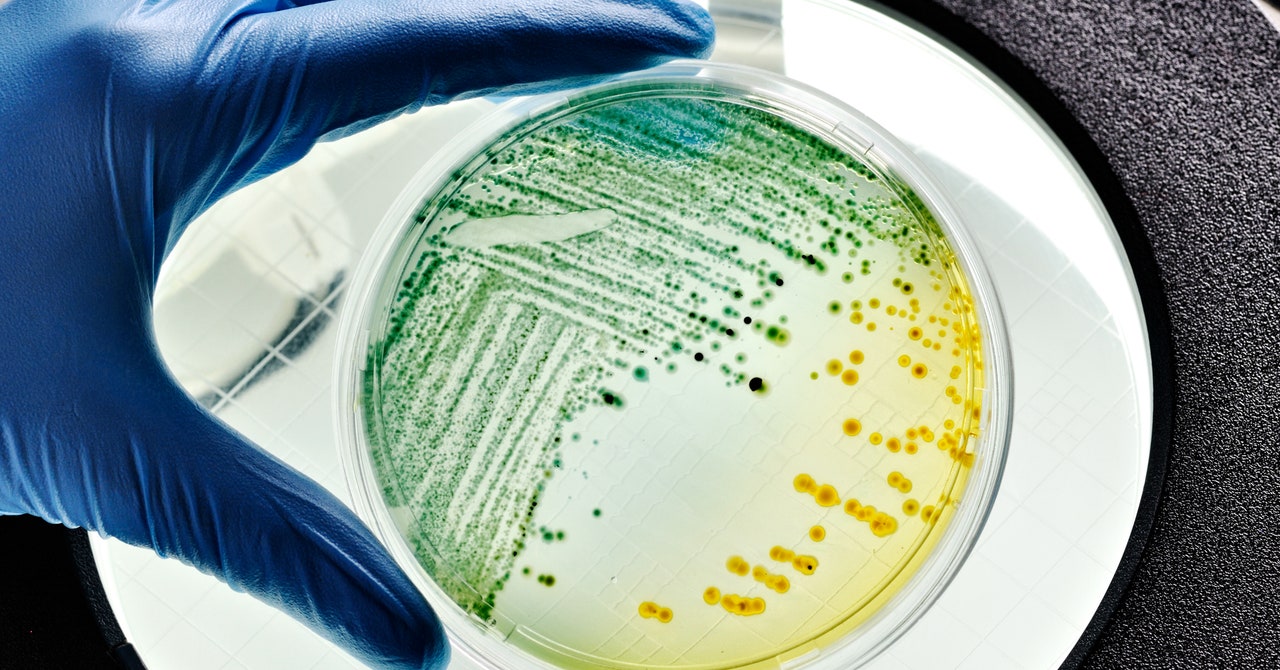They added the chemical that triggered the first gene (corresponding to barcode A) for 24 hours, followed by the one for the second gene (corresponding to barcode B) for the next 24. “In theory we should have all the recording proteins turned on throughout the process, but only the RNA for signal A in the first half and signal B in the second half,” Bhattarai-Kline says.
When the scientists sequenced the E. Coli’s genomes, that’s exactly what they found: The DNA receipts for barcode A were integrated into the Crispr array first, followed by those of barcode B. To double-check their work, they reversed the conditions, adding the chemical for barcode B before that of A. Once again, the Crispr array read out the expected pattern. This indicated that the Retro-Cascorder recorded the expression of both genes in the correct order.
While other recording systems have been developed that store information in DNA, the one made by Shipman’s group has an additional degree of specificity—the gene-specific barcodes—coupled with the ability to view gene expression in order. “It’s a really cool demonstration and optimization of cell recording,” says Timothy Lu, a synthetic biologist at the Massachusetts Institute of Technology who was unaffiliated with the study.
Harris Wang, a biologist at Columbia University who has developed molecular recording systems, agrees. This work “pushes us into a new area in terms of how we are able to glean information about the inner workings of the cell,” he says, adding that “you have much better control of what signals you can record.” Wang, who was unaffiliated with the study, is curious to see whether these recording systems can one day keep track of the degree to which a gene is turned on or off, since gene expression does not always operate on a binary scale. For example, something like epigenetic regulation (chemical changes to DNA) can easily modulate genes to be expressed at varying levels, rather than simply on or off.
Lu is interested in seeing this system, and other cell recording systems, one day implemented in mammalian cells—an interest shared by Shipman and his team. “Our long-term goal is recording really complex events that play out over weeks and months in mammalian development and disease states,” Shipman says. Then, for something like cancer or Parkinson’s, scientists might be able to better understand how different genes are turned on and off as the disease progresses.
In the immediate future, the scientists envision the Retro-Cascorder as a bit of additional gear that could turn a bacterium into a biosensor. These bacteria could be unleashed to track chemical exposure in wastewater or study the human gut. Bacteria “interact with their environment, and they sense a lot of things that we would normally care about on a very sensitive level,” says Shipman. “If we could just get them to store that information, then we can put them to work in some environment that is difficult to monitor.” Since substances like pollutants and metabolites often elicit changes in gene expression, the bacterium’s DNA receipt book can be used to identify which molecules are present and when.
For now, Shipman is grateful that the Retro-Cascorder works. It shows that cell parts can be jerry-rigged for newer purposes. “We let evolution get us to something useful, and then we cherry-pick it,” he says with a laugh.
Update 8-12-2022 at 12:11 PM: This story was updated to correct Seth Shipman’s primary affiliation.
Image and article originally from www.wired.com. Read the original article here.

